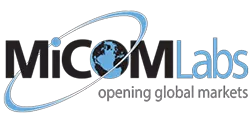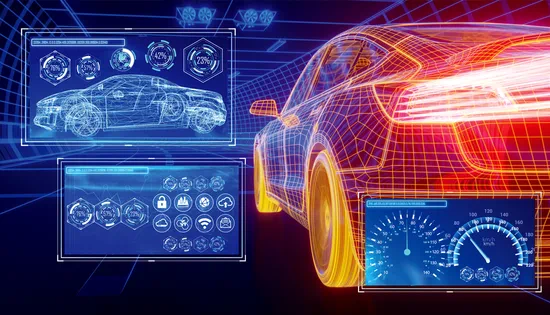Internet of Things
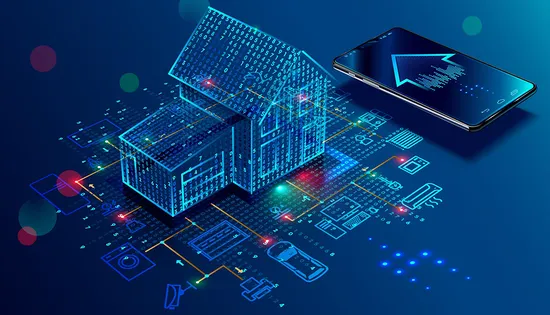

Within the next few years, IoT device adoption will have exploded to 75 Billion devices all connected to the internet, generating and sharing 500 ZetaBytes of data per year!
In the U.S. alone, there will be an estimated 14 connected devices per person in the next 2 years. While the drivers of IoT deployment are many and can include: improving customer experience, increased efficiency, cost recovery and reduction, new business models and revenue streams, there are significant challenges for scaling, securing, and testing the ecosystem. Manufacturers and adopters have to wade through a host of regulatory hurdles as multiple devices share the same RF spectrum, data security, software integration, and connectivity.
With new waves and generations of devices causing older devices and software to sunset, providers and manufacturers must understand the challenges and consequences to consumers and commercial customers. What is at stake is more than building the cheapest device and pushing it to market. What are the threats, usability, and safety issues that can arise as the Internet of Things ecosystem matures.
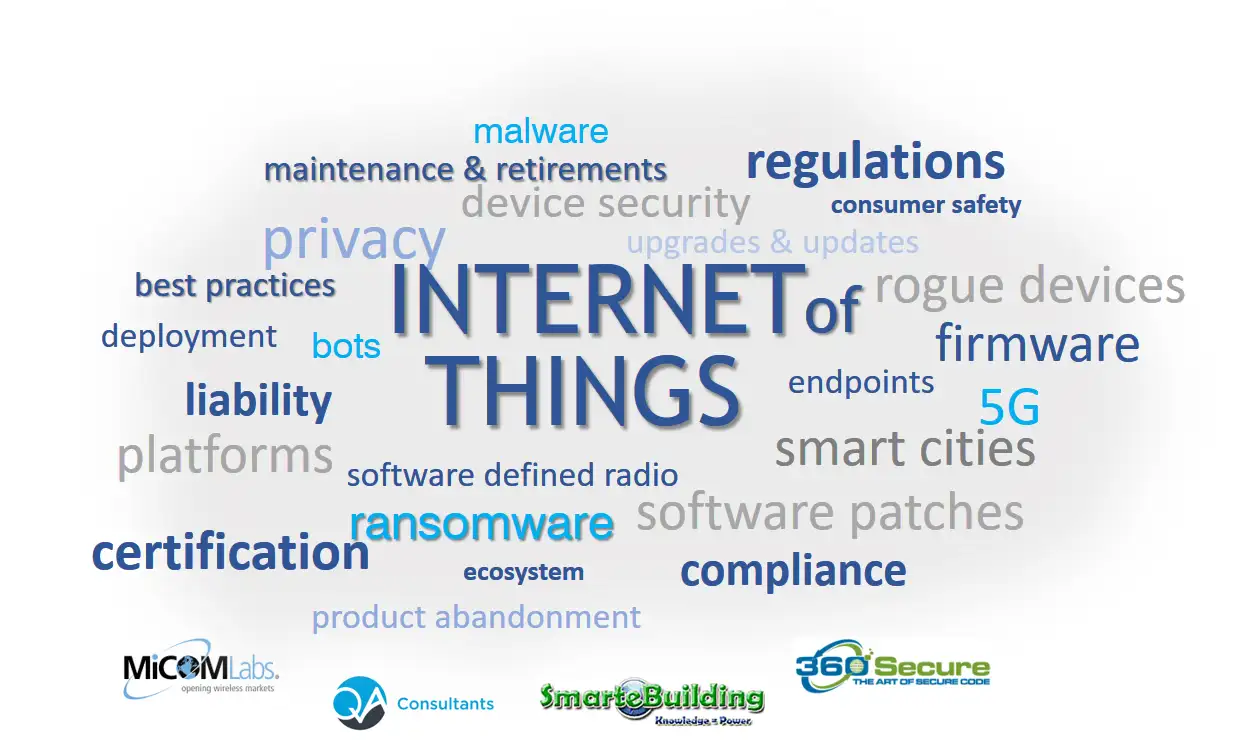
Ecosystem Testing Framework
Software Quality
- Performance
- Security
- Compliance
- Interoperability
- Data Privacy and Analytics Validation
- Functional
- Localization
- API
- Usability
- Embedded Systems
- Connectivity
- End to End
IoT Ecosystem




Regulatory Testing
- RF / Wireless
- EMC
- Safety
- Environmental
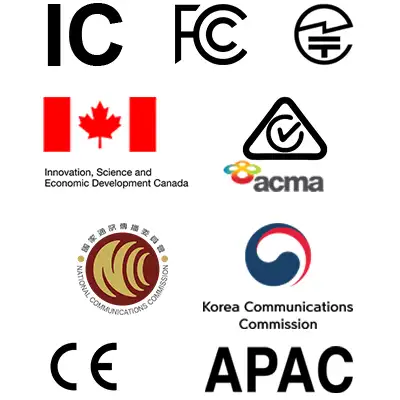
Global Testing and Certification Services
Are your medical devices compliant to performance and electronic equipment safety standards?
As a general rule, Medical electronic equipment needs to be tested for safety and performance to meet government regulations before the product is introduced into the market.
IEC 60601-1 is the de facto standard widely accepted by countries around the world to test for risks inherent in Medical devices. With the wide range of medical devices that have different applications, there are additional collateral standards defined within the 60601-1 standard for the products to be tested for aspects of safety and performance. Since the inception of the IEC 60601 standard there have been several updated editions and changes to the verbiage which makes the standards difficult to navigate through.
Today, many medical devices are “connected” devices and will be operated and controlled by software. That software will include embedded firmware and a user interface like a mobile or SaaS based application which is used to operate the device and to store and analyze data. Some devices may operate together in clusters that require complex software to talk to each other. The software should be tested for quality of functionality and performance as well as for defects that may pose security vulnerabilities. Not only will the software require full quality control, but the software development process or the software delivery lifecycle (SDLC) must be assessed in order to conform to international standards as defined by IEC 62304. This standard applies to the development and maintenance of medical software when the software is itself is a medical device, or, the software is embedded or an integral part of the final medical device.
By getting your product validated to the Global standards, by independent accredited 3rd-parties, will not only help your product meet the global benchmark but also help reduce the risk of liability a company is exposed to.
MiCOM Labs, an accredited Global Regulatory testing and certification lab in partnership with QA Consultants, the largest software testing lab in North America, will help you navigate through the complexities of the Regulatory and Software compliance audits, testing and certification needed for your product to meet the FDA and AAMI guidelines.
